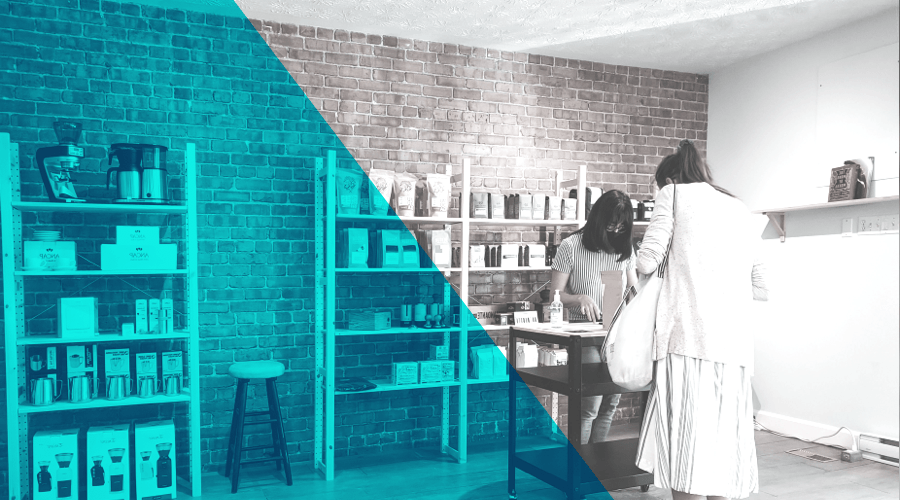Now that the whole world is turning upside down and consumers are adapting new purchase behaviors, we're slowly moving towards a new reality where contactless interactions are the norm. We no longer pay with cash, and we don't even want to enter a PIN code in the payment terminal anymore. Apple Pay and Google pay offer the solution.
But payment is not the only physical engagement that stands in the way of this transformation. Our shopping behavior interacts with the physical environment much more than just the final payment. We want to have as little physical contact as possible while still expecting the best possible experience. So no matter how you see it, the consequences of Covid-19 are also leading some innovation and digital adaptation.
In August, 83% of all electronic payments at the point-of-sale were contactless. Just before the lockdown in March this year, this was less than 70%. During the Covid-19 crisis, contactless payments with smartphones have definitively broken through. And already, one in eight of these contactless payments is made with a smartphone.
Five use cases for Contactless Engagements
As the present-day shopper wants to continue to feel safe, here are a few use cases that will support them in their journey. These use cases are easy to execute and will have a significant impact in these changing times.
Push a digital receipt
Recently there have been many examples of shopping in the future. For example, by using self scanners (or a mobile app), the cashier does not have to grasp all the products in hands again. And the checkout is now contactless. But here, it would also be nice if you also get your receipt distributed contactless after payment. If your store has an app, your ticket receipt is likely sent to you by Push Notification. And if you don't have the app installed, sending it by email or SMS is an excellent alternative.No more plastic cards
In 2020, we will no longer need a physical loyalty card. Consumers will be able to identify themselves through digital interaction. Such a digital loyalty card can already automatically appear on the consumer's lock screen of the smartphone at the POS. And after a purchase is made, a message can be pushed directly to the customer's card with the new points total.No more paper tickets and coupons
Nowadays, coupons, vouchers, tickets, or boarding passes do not have to be produced of paper anymore. Again, distributing these digital resources is no more than expected. Not only does this offer convenience for consumers, it also ensures that contact with the cashier is ever needed.No more physical stamp cards
One of the most common forms of a loyalty program is offering a stamp card. Saving stamps still works extremely well, but even here, you don't want to issue it in paper anymore. A digital stamp card is the way to go. Besides the obvious benefits, such a loyalty program you can now inform the consumer about the expiration of a card, automatically drive them to collect more stamps, and send the rewards directly after a purchase.No more pens to use for parcel delivery
When it comes to your e-commerce purchases delivered at home, the only physical interaction you have left is with the courier. You still need to grab a pen or use your finger to sign a receipt your valuable orders. But why not use a QR-code or NFC tag with which the deliverers can identify you, so that you can safely receive your precious goods.
Ready to offer contactless engagements?
Would you like to discuss how contactless engagement can create a seamless experience for your customers? And do you want to further deploy a digital transformation with the support of the Notificare platform, feel free to contact our Sales Team.


